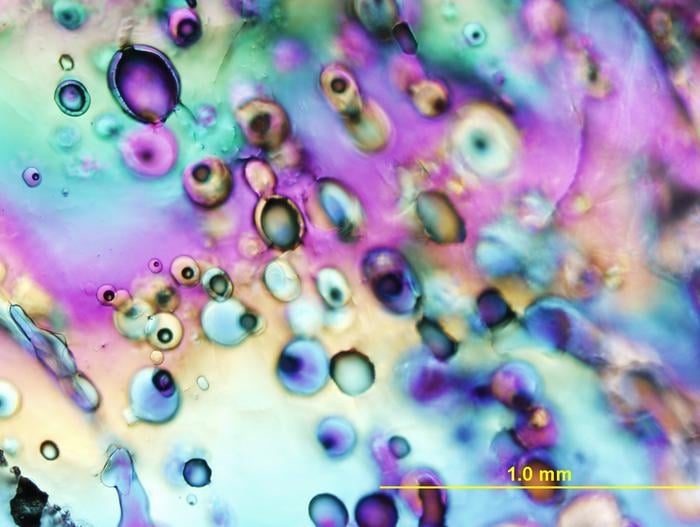Researchers at the Southwest Research Institute (SwRI) are adapting chemistry modeling software, originally designed for corrosion studies, to explore whether icy moons like Saturn’s Enceladus have the right conditions to support microbial life. By enhancing the software’s ability to simulate extreme environments and account for organic molecules, the team aims to shed light on the habitability of these distant ocean worlds.
Published in SwRI Research Announcement | Estimated reading time: 5 minutes
Understanding Habitability in Icy Worlds
The SwRI team, led by Dr. Florent Bocher and Dr. Charity Phillips-Lander, is repurposing software traditionally used to model corrosion processes. This tool predicts chemical interactions under various temperatures and pressures. Recognizing its potential, the researchers expanded the software to simulate environments on icy moons like Enceladus and Europa. These moons are thought to contain subsurface oceans where life might exist.
“The question of habitability is about constraining the environmental factors that make it more likely to be friendly to life versus inhospitable,” said Dr. Phillips-Lander. The tool uniquely accounts for organics—carbon-based compounds essential for life—unlike many other environmental modeling systems.
Early findings revealed that ice doped with organic molecules forms pores under simulated icy moon conditions. These pores could create potential habitats for microbial life. Building on these insights, SwRI received a $750,000 NASA grant to improve the tool, aiming to provide detailed predictions of chemical compositions and phases in extraterrestrial environments.
Glossary
- Organics: Carbon-based compounds essential for life processes.
- Icy Moon: A natural satellite with a surface layer of ice, often covering a subsurface ocean.
- Geochemical Modeling: Simulations used to predict chemical reactions and environmental conditions.
- Corrosion: The gradual destruction of materials through chemical interactions, often involving metals.
Interactive Quiz
What is the main goal of this research?
Answer: To determine if icy moons like Enceladus can support microbial life.
Which element of the modeling software is unique?
Answer: It accounts for organics in extreme conditions.
What kind of grant supports this research?
Answer: A $750,000 NASA Habitable Worlds program grant.
Why are organics important in this study?
Answer: They are essential for life and indicate potential habitability.
Enjoy this story? Subscribe to our newsletter at scienceblog.substack.com


